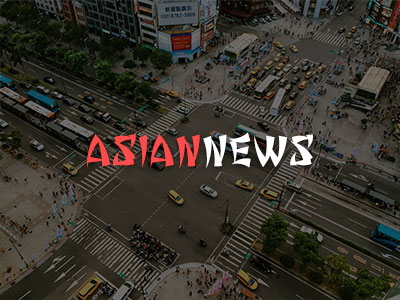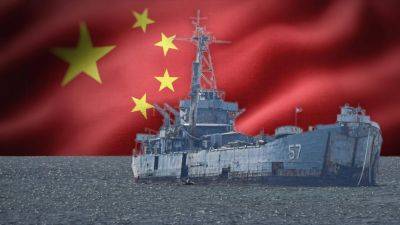Vietnam’s ‘bamboo diplomacy’ is paying off, at least for now
Earlier this month, Lam vowed not to make any changes to Vietnam’s foreign policy, and focus on advancing the country’s socioeconomic development goals. His trip to China shows he hasn’t strayed from that pledge.
But Washington’s message came as the Biden administration rejected Vietnam’s request to classify it as a market economy, despite upgrading bilateral ties to a comprehensive strategic partnership last September and hailing Hanoi’s “progress in [making] significant market-based economic reforms”.
China is Vietnam’s second-largest export market with bilateral trade amounting to about US$172 billion. However, its trade deficit with China rose by more than 56 per cent to over US$32 billion in the first five months of 2024, signalling the importance of the US as Vietnam’s largest export destination.
Meanwhile, China is increasing its investments in Vietnam. Last year, it invested about US$4.5 billion in the Southeast Asian country, according to Vietnam’s Foreign Investment Agency, up 77.6 per cent from 2022. In the first seven months of 2024, Chinese investments in Vietnam surged more than sevenfold.
And not only does Vietnam seek to learn from China’s high-speed rail networks and link up with large Chinese development strategies, it also believes China has a key role to play in regional and global development.
US Undersecretary of State Uzra Zeya’s trip to Vietnam last week to “highlight the strength and dynamism of the US‐Vietnam relationship” seems to underscore an urgency within the Biden administration to ensure Hanoi does not get too close to Beijing.
Azhar Azam is geopolitical analyst with a keen interest in economy, climate change and regional conflicts




